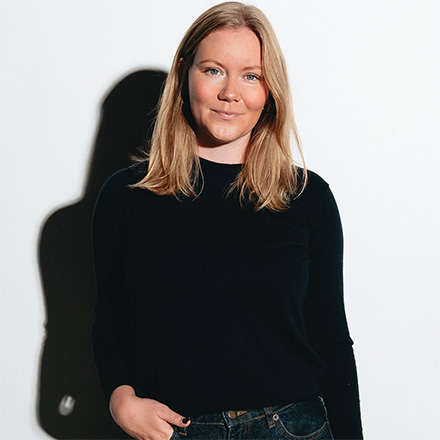New year, new me. Most of us probably have said this when the new year comes around. However, suppose you’re not into significant lifestyle-changing upheavals that won’t last more than the first 14 days anyway. In that case, your work and work habits can instead be an area where you put your January efforts.
If, like so many of us, you’re a fan of a soft start when it comes to changing habits, why not start with something easy? There is no reason to make January even more gray and dull than it already is. We have therefore been testing an excessive amount of apps for you.
We’ve boiled down a list of five apps that will make you breeze through 2023. We’ll start with a few project management tools and move towards automation and community apps.
Todoist
Why are there so many apps for something that can be fixed with a yellow post-it? The answer is simple. It only works for some. For some, a post-it will be the world’s best and most efficient tool; for others, completely different and more sophisticated project management tools are needed. For the latter, Todoist is an excellent tool. Todoist is an app that, according to its own statement, ensures you never lose an overview of your most essential tasks. With the app, you can easily organize and prioritize your tasks and projects, so you always know what you need to work on next to achieve your goals.
As mentioned, there are an endless number of alternatives to Todoist, but the advantage of the app is that it is scalable according to your needs.
The app is free.
Google Tasks
If you do not use Gmail and Google Calendar, hurry on to the following recommendation (unless you are so ready for a change that a change of mail provider and calendar does not scare you).
You can access a free to-do list app as a Gmail and Google Calendar user. You do this for the simple reason that it works as a natural part of both desktop and mobile applications. You can find Google Tasks in Google Play and the App Store if you are looking for a stand-alone version.
The app, or the function itself, is relatively thrifty. It is easy and quick to add tasks to your to-do list, whereas the organization of the tasks leaves something to be desired. Setting an end date for specific tasks and making lists, descriptions, subtasks, and star tasks is possible. And that’s it. But it can also be enough if you have never used an app to manage your tasks.
The app is free.
Microsoft to do
Microsoft to do is another example of an app that might make the most sense to use if you work in a dedicated environment. However, it is not exclusive to those in a Microsoft universe. It can be enticed via Zapier to do all sorts of things. If you are now sitting there thinking, ” What is Zapier?” arm yourself with patience, as we’ll get into that in a short while.
There are obvious benefits to using this app in the Microsoft suite. For example, flagging emails in Outlook automatically adds them as tasks on your to-do list. As a Windows user, you can easily add and create a new to-do list by typing “add milk to my shopping list” in the Start menu. Then a to-do list named “shopping” will automatically be created with the item “Milk” on it. If you are a user of Windows and Outlook, this is an app for you.
The app is free.
Zapier
Here we move a little away from the premise of a project management tool as such, but we still allow ourselves to add Zapier since the app can automate many related tasks with the execution of your to-do’s.
In short, Zapier (unfortunately, it is not available as a mobile app) works as an intermediary between your apps, tasks, and data and magically makes it all work together – without code.
The possibilities with the tool are so extensive that it is almost impossible to understand. Zapier can be used to do all the tasks that you would normally do manually. You may have always been looking for a smart way to get the data you have just entered into an Excel sheet automatically registered in your CRM system. Zapier can help you with that – again, without using code.
With a few clicks, you have connected the Excel sheet in question to your CRM, and via Zapier, you also quickly set up a simple logic. If Excel gets updated, Zapier does precisely what you asked. E.g., to create a new lead, update an existing customer, or the like. After setting up this nifty feature, you start thinking, “Why am I even entering data into the Excel sheet? Can’t I just get it in directly from the source?” Bingo. Of course you can.
If you use Zapier as a single user, you get the first 100 tasks for free every month.
Productboard
We will now go in a completely different direction. Because the last app that we have chosen to include this time is a little different, as it is a community app. With the app, you get the opportunity to involve your customers in the product development process. It can help development departments better understand what the customers in question want to have developed, further developed, or fixed on their solution.
Productboard is a flexible tool that provides the development department with valuable insights that will ultimately help companies prioritize the specific development process. Among other things, the insights can be converted into concrete roadmaps, which give the customer in question an idea of what can be expected to be delivered and when.
Productboard costs $20 per month.
And with this relatively niche app, we round off our small concoction of apps that you can use daily to make your work days a little easier in 2023.

